The Lethal Weigth Cut Guide
How to Make Weight Without Unnecessarily Suffering.
Almost all fighters approach weight cutting like it’s a badge of honour to suffer.
They glorify the misery. They post pictures from the sauna looking like death warmed over. They starve themselves for days, dehydrate until they can barely stand, and act like this torture is what separates the “real fighters” from everyone else.
Remember TJ Dillashaw before the Cejudo fight? The man looked like a concentration camp survivor. Emaciated. Hollow. A skeleton wrapped in skin standing in a sauna.
Or Cris Cyborg crying in the bathtub, genuinely believing he might die trying to make weight.
Or Merab Dvalishvili, the current bantamweight champion, refusing to eat or drink for TWO DAYS before weigh-ins.
Meanwhile, fighters using cutting edge performacne science step on the scale looking fresh (The Fight Dieticians fighters are a great example of this). Energized. Ready to perform.
The difference? Intelligence over suffering.
Most fighters make weight cutting 10x harder than it needs to be because they:
Worship suffering as if it makes them tougher
Copy their favourite fighter’s approach without understanding the science
Start preparing the week before instead of months before
Have no systematic process.
The result? Brutal cuts that destroy performance, damage their metabolism, and get progressively harder with each fight.
THE TRUTH ABOUT WEIGHT CUTTING
Here’s what separates the average fighter from the lethal gentleman:
The Average Fighter:
Blows out between fights (Paddy the Baddy gaining 40+ pounds)
Starts camp overweight and underprepared
Crashes metabolism with fad diets
Suffers through cuts because “that’s the fight game”
Gets weaker with every weight cut
Eventually his body breaks down entirely
The Lethal Gentleman:
Maintains weight year-round within 5-8% of fight weight
Optimises metabolism before camp begins
Uses heat acclimation systematically
Calculates exact sweat rate, no guesswork
Steps on scale looking fresh and energized
Gets BETTER at cutting weight over time
The difference isn’t toughness. It’s intelligence applied systematically.
THE LETHAL WEIGHT CUT PHILOSOPHY
Before we dive into the step-by-step protocol, understand this:
Your body is an adaptation machine. It responds to the demands you place on it. IF you do it systematically.
Every weight cut should be easier than the last one (from getting better at the process).
Not harder.
If your cuts are getting progressively more brutal, you’re breaking your metabolism. You’re teaching your body to hold onto weight. You’re making future cuts exponentially harder.
The science of weight cutting has evolved. The combat sports world is slowly catching up. Fighters who apply these principles look fresh at weigh-ins and perform at their peak.
This protocol isn’t theory. This comes from Alex, a professional fighter in Thailand who has completed 13 weight cuts, has lived in Thailand for 6 years and fights 4-6 times per year. This process comes from actually being in the trenches, not from watching YouTube videos.
Big thank you to Alex for his wealth of knowledge in the Muay Thai space, if you’re an aspiring martial artist, he has one of the most underrated Substack’s particularly around training in Thailand:
Here’s what you’re about to learn:
STEP 1: Fix your metabolism and nutrition BEFORE camp starts
STEP 2: Master heat acclimation systematically
STEP 3: Calculate your exact sweat rate, eliminate guesswork
If you do this correctly, you can absolutely:
Lose fat without starving yourself
Cut water weight without looking like a skeleton
Step on the scale fresh and energized
Perform at your peak on fight night
Whether your next weight cut is easy or brutal is a choice you’re making right now.
Stop bragging about suffering.
Stop pretending to be David Goggins.
Start cutting weight like an intelligent, lethal gentleman.
Let’s begin.
STEP 1 -
FIX YOUR METABOLISM BEFORE CAMP
The foundation of an easy weight cut is laid months before you ever step in a sauna.
Most fighters blow out horrendously between fights. Paddy the Baddy is the most extravagant example, gaining 40+ pounds between camps, then suffering to lose it all again.
This isn’t just making future cuts harder. It’s systematically destroying your metabolism.
Here’s what most people don’t understand: Fat cells (adipocytes) don’t disappear when you lose weigh. They shrink. Every time you blow out and bulk up, your body creates MORE fat cells. More fat cells = greater capacity to store fat = progressively harder weight cuts.
You’re literally making it harder on yourself with every yo-yo cycle.
In an ideal world, you should be floating in the 12-15% body fat range year round. This is why it’s a lethal standard. It keeps hormonal regulation optimised (staying too lean year round will tank your testosterone, and 20%+ body fat will spike estrogen & increase fat cell accumulation).
With a proper nutrition plan, you can improve your metabolism & increase lean muscle tissue. When done properly, yoy can take your maintenance calories from 1800kCal, to 2000-2500kCal, making the cutting process way easier. You get to eat more food, which drives performance, which allows you to train more even in camp & maximise performance.
STEP 2 -
DO NOT AGGRESSIVELY CUT WEIGHT
Losing weight is actually really easy. Most people fail because they focus too much on losing weight fast. If you’re not a professional fighter (which will be most of you reading this), with a contracted date. There is no need to rush.
Use it to your advantage. Aiming for a weekly weight loss of 0.5% of your body weight is ideal. You won’t really feel you’re eating in a calorie deficit. And this will give you the ability to keep carb intake high, which is a necessity for training performance & avoiding burnout.
If you’re a 70kg athlete, aim to lose 0.35kg per week.
If you’re an 100kg athlete, aim to lose 0.5kg per week.
STEP 3 -
MASTER HEAT ACCLIMATION
Heat acclimation is the most underutilised tool in weight cutting.
What is it? Teaching your body to sweat efficiently and tolerate heat. Without this, cutting weight becomes hell.
I’ve watched fighters who skip this step try to cut in a sauna suit in Thailand for the first time. They feel like they’re being cooked alive. Their heart rate spikes dangerously. They panic. They can’t breathe. The cut becomes torture.
Consequences of skipping heat acclimation:
Overheating during the cut
Severely impaired performance
Risk of heat stroke
Inefficient sweating (takes longer to shed water)
Unnecessary suffering
People have died cutting weight. Usually because they hadn’t prepared their body for heat stress.
THE HEAT ACCLIMATION TIMELINE
You need 8-12 weeks to properly adapt. This coincides perfectly with fight camp.
The main misconception about heat acclimation is that hotter equals better. In reality it just results in more suffering. You can use a sauna at 45°C and reap the benefits. Commercial saunas are mostly hotter but everywhere between 45 and 70°C is ok.
When it comes to heat acclimation and cutting weight you should pick the hot tub over the sauna if possible. Especially if you only have access to commercial saunas. This is because you can control more variables. You can control the temperature, choose if you fully immerse or leave limbs out and you can cool your head with ice.
WEEKS 1-4 (Building the Foundation)
Frequency: 2-3x per week
Duration: 15-20 minutes per session
Method: Sauna (45-70°C) or hot bath (40-42°C)
Start conservatively. Your body needs time to adapt to heat stress. If you feel dizzy or nauseous, exit immediately. Make sure to hydrate in between rounds with either water or electrolytes.
The goal: Get comfortable being uncomfortable in heat. Your body begins producing more sweat glands and improving circulation to skin.
WEEKS 5-8 (Adaptation Phase)
Frequency: 3-4x per week
Duration: 20-30 minutes per session
Method: Same as above, increase temperature slightly if comfortable
Now you’re teaching your body to sweat more efficiently. You’ll notice you start sweating earlier and more profusely—this is exactly what you want.
Begin testing your sweat rate (detailed process below).
WEEKS 9-12 (Peak Acclimation)
Frequency: 4-5x per week
Duration: 30-40 minutes per session
Method: Mix of sauna and training with light layers
Your body is now fully adapted. You sweat efficiently. You tolerate heat well. You’ve locked in your sweat rate numbers.
HOW TO CALCULATE YOUR SWEAT RATE
This is the game-changer. Most fighters have no idea how much water they lose per hour. They’re guessing during the cut, which leads to either:
Cutting too much (overshooting weight, feeling like death)
Not cutting enough (missing weight, panicking at last minute)
The Lethal Gentleman knows his exact numbers.
THE SWEAT RATE TEST:
1. Empty your bladder completely
2. Weigh yourself naked
Record this weight precisely (use digital scale accurate to 0.1kg)
3. Enter heat environment for 10-20 minutes and lay in the burrito wrap for 10-40 min.
The goal is to mimic one round of an actual weight cut. Use sauna or hot bath. Do NOT drink water during this period. The goal here is to use to sauna or hot bath to make you sweat and after you keep the sweat going by wrapping yourself in the towels.
It’s important to note that tou could use a sauna suit and run like most fighter do in Thailand but a passive cut is always preferred over and active one.
When using the burrito wrap it’s important to layer up. You could either put on a sauna suit or sweat pants and a hoodie.
it would be recommended to aim for an hour test cut since most of the time you’ll cut about 3-5% of your bodyweight in the final cut.
4. Exit the burrito wrap and towel off completely
Dry yourself thoroughly. Any water on your skin skews the measurement.
5. Weigh yourself again
Same conditions, naked, dry.
6. Calculate your sweat rate
Formula: (Starting Weight - Ending Weight) ÷ Time in Hours = Sweat Rate per Hour
Example from Alex’s last cut:
It’s important to note that Alex used the active cut method, which is very common in Thailand. This was done in a sauna suit. The protocol was as follows. A 15 minute walk followed by a 30 minute slow run and a another 15 minute walk.
Starting weight: 66.75kg
After 60 minutes: 65.0kg
Weight lost: 1.75kg
Time: 1 hour
Sweat rate: 1.75kg per hour
7. Repeat the test 3-4 times
Your sweat rate will vary slightly based on:
Temperature of environment
Your hydration status
Time of day
How adapted you are
Test multiple times and average the results. This gives you a reliable number to work with.
PUTTING IT ALL TOGETHER
If you are staying in the 12-15% bodyfat range year round, (no more than 10% over fight weight) learn how to correctly apply a heat acclimation protocol & learn to measure your sweat rate, you will take a process where everyone else suffers, into a performance edge.
The more seamless the weight cut, the better your performance on fight night. Whether you’re an amateur or professional fighter, the same rules apply.
If your cuts are getting progressively harder, you’re not adapting. You’re breaking.
If you blow out between fights and have to lose 15kg every camp, you’re not “living your life.” You’re sabotaging your career.
The fighters at the highest level, the ones with long, dominant careers, don’t glorify suffering. They optimise systems.
Georges St-Pierre maintained his weight year-round. Never had brutal cuts. Dominated for over a decade.
Volkanovski made 145lbs looking like a tank. Systematic preparation. Intelligent execution.
Meanwhile, fighters like Rumble Johnson and Thiago Alves had careers derailed by brutal weight cuts.
Their bodies eventually said “no more.”



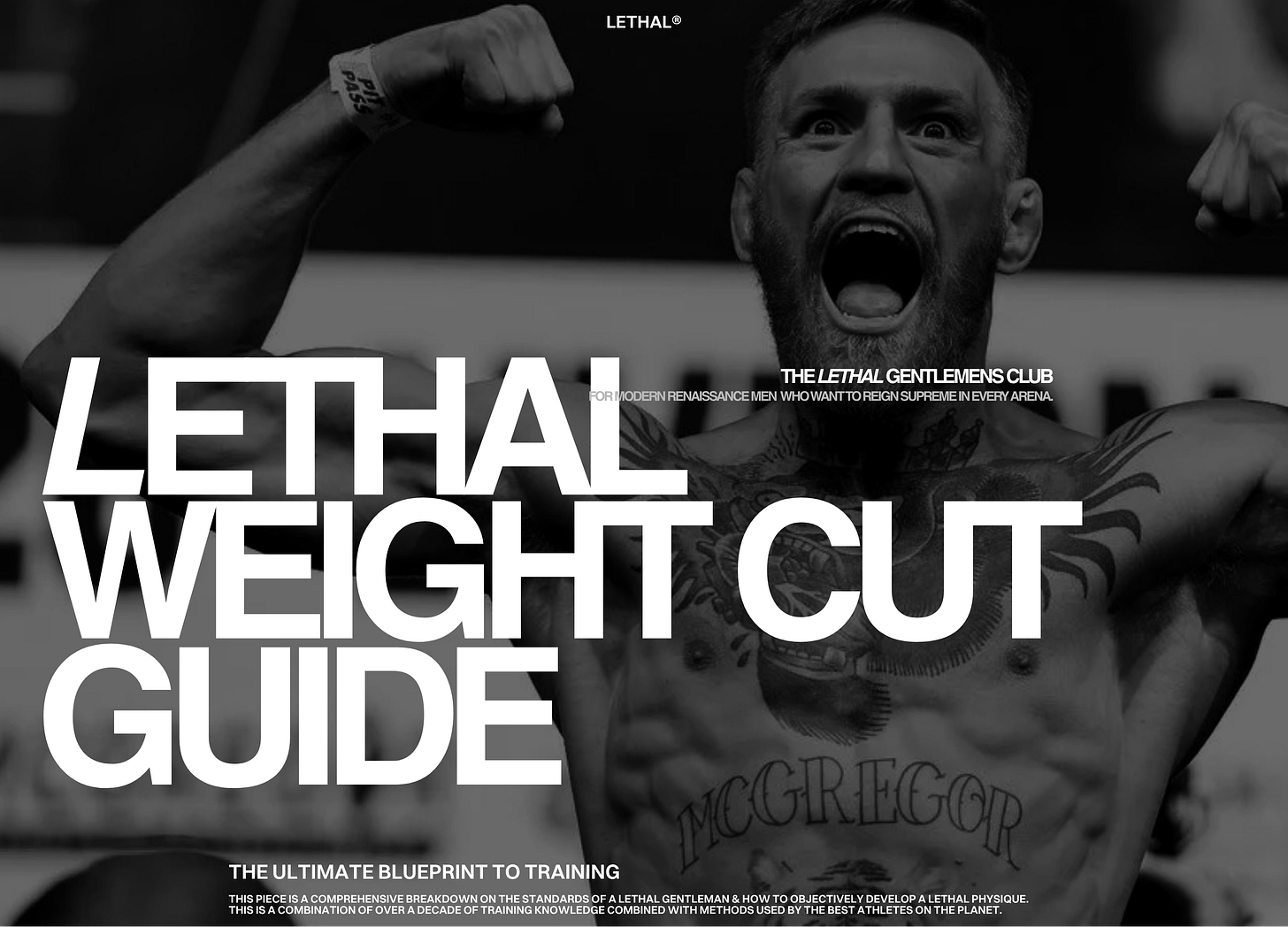
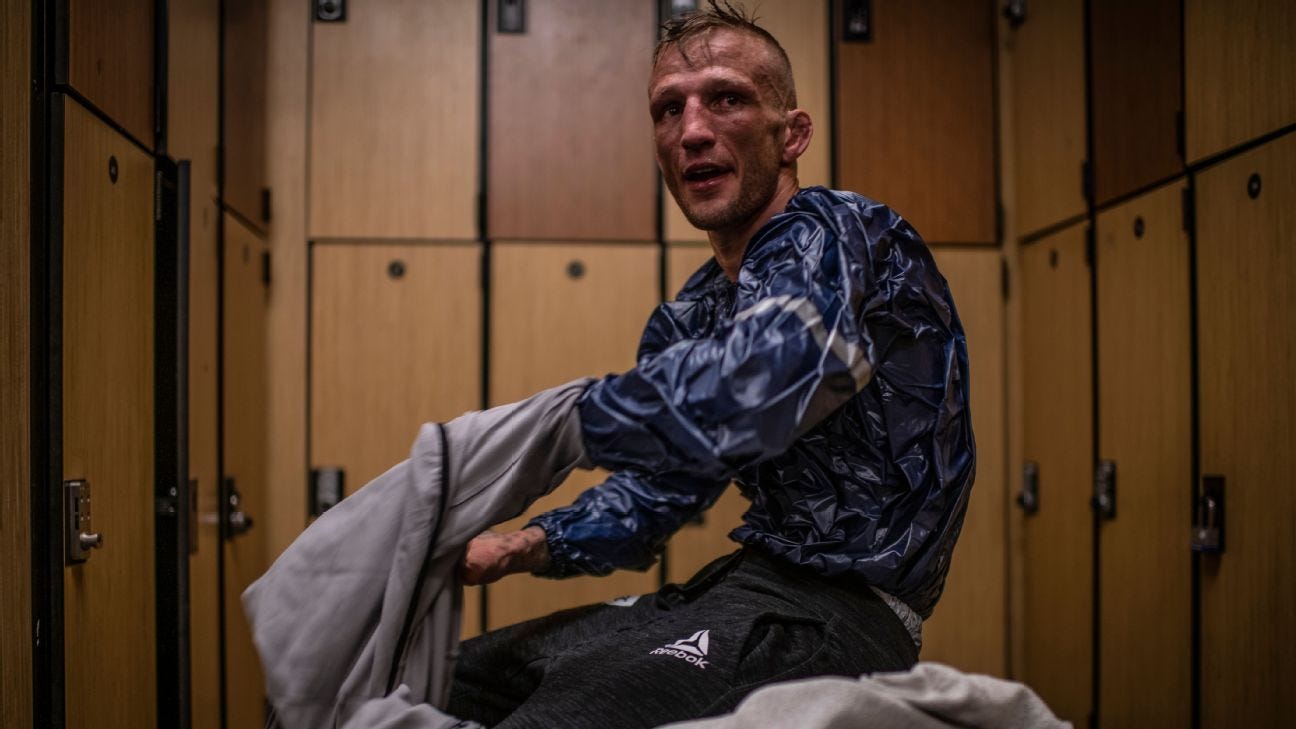
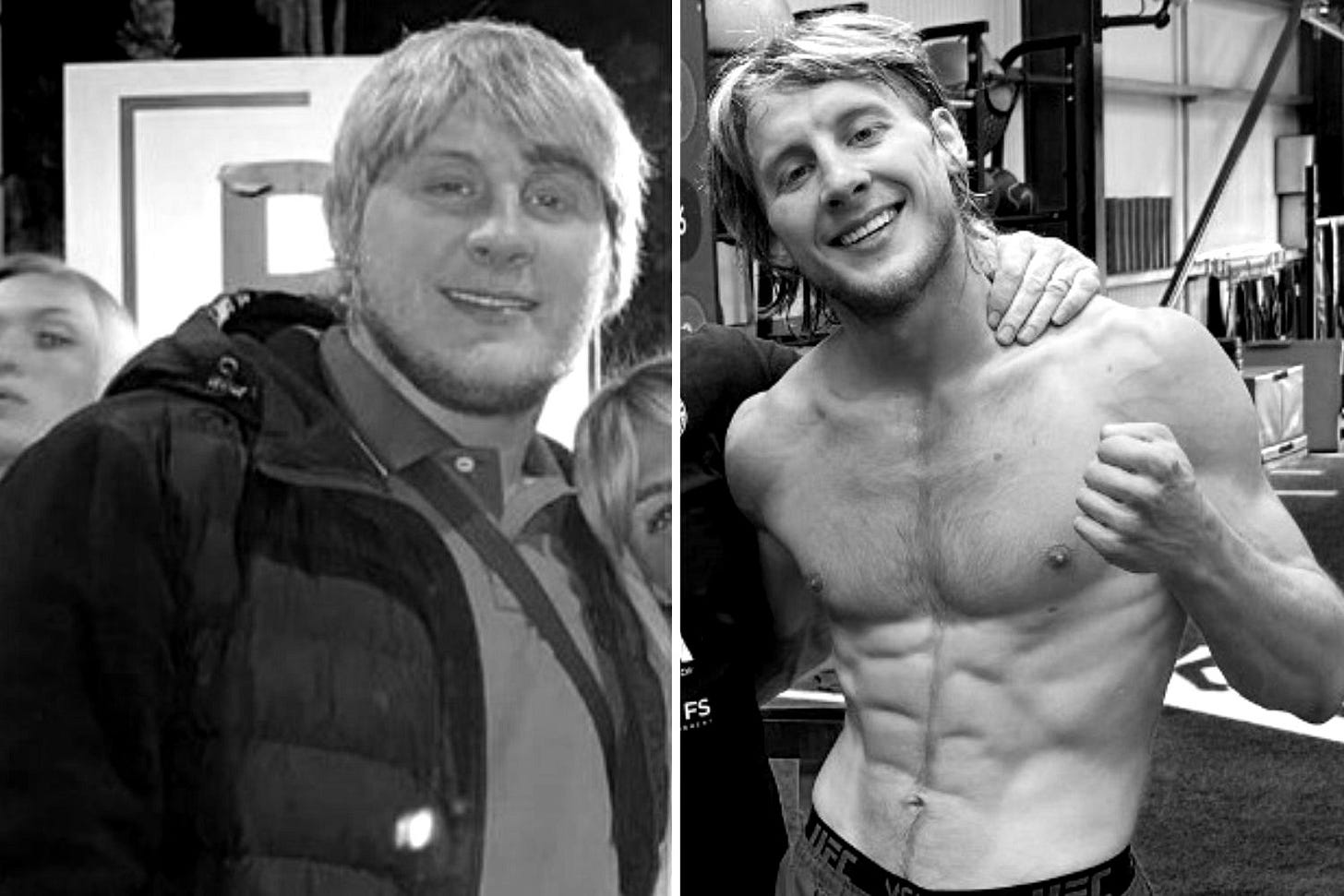
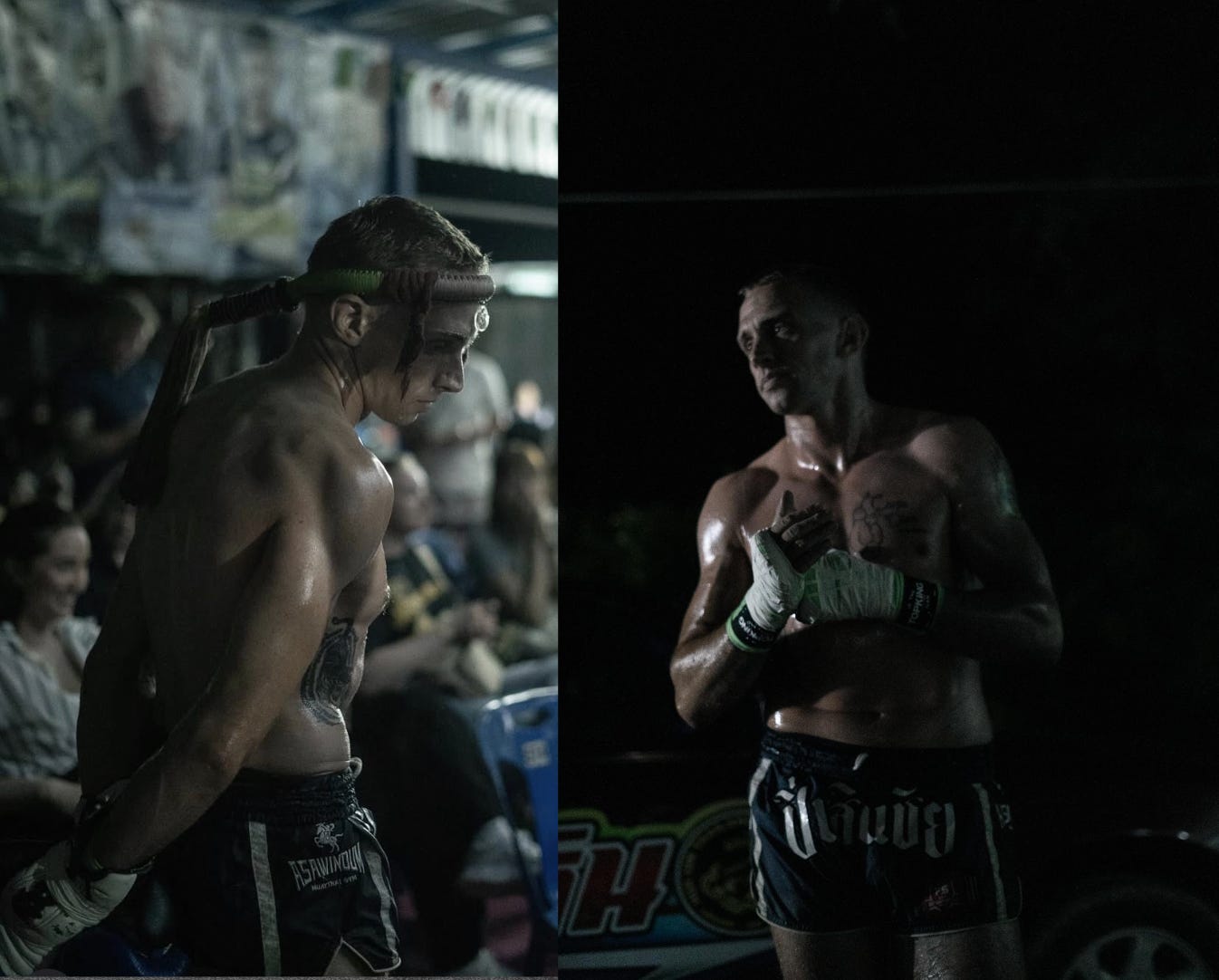
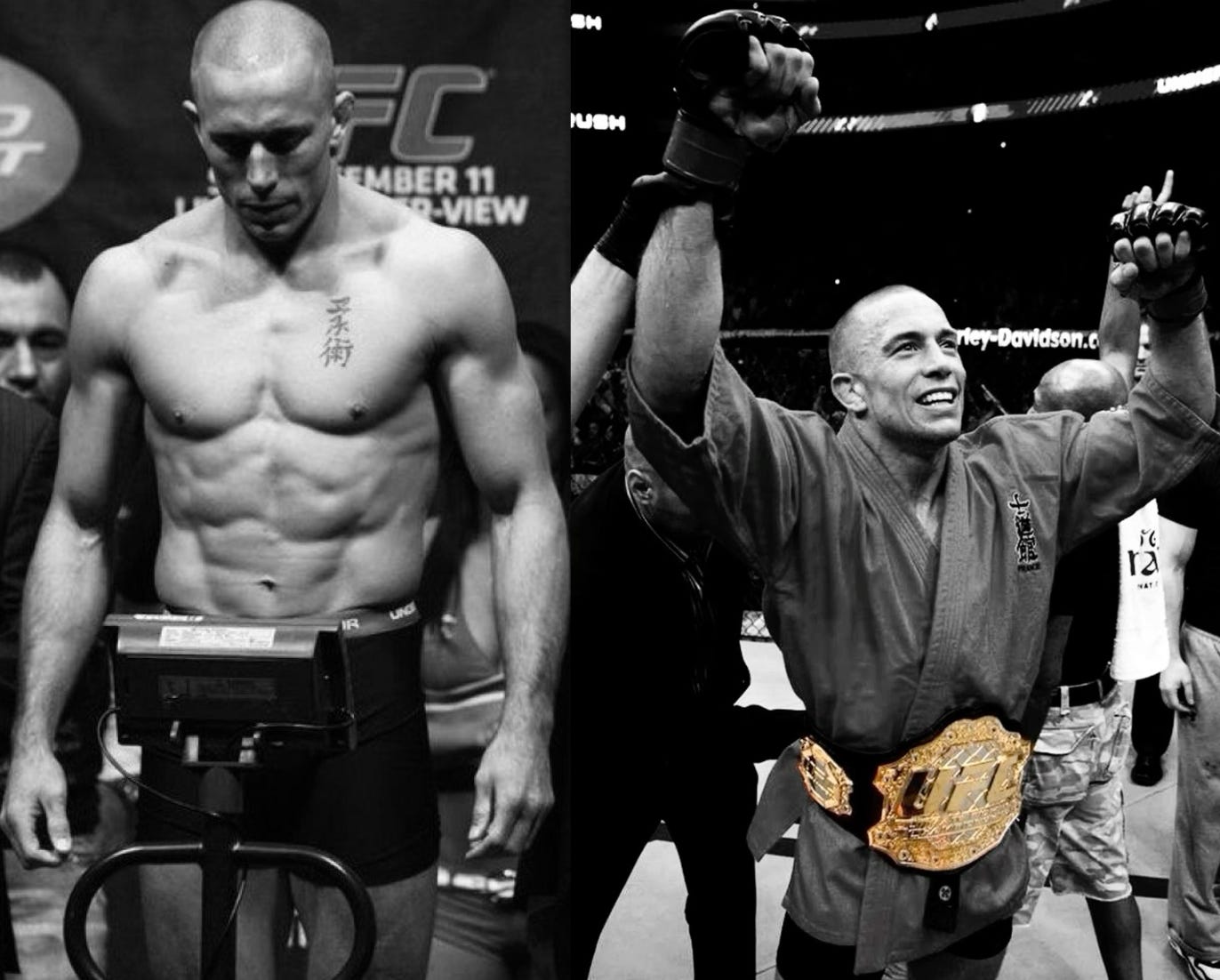
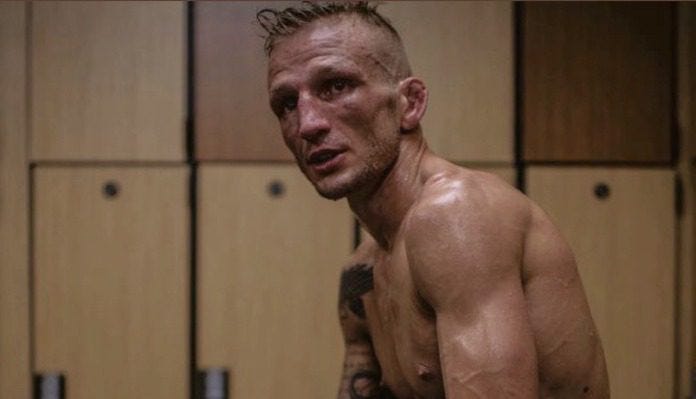
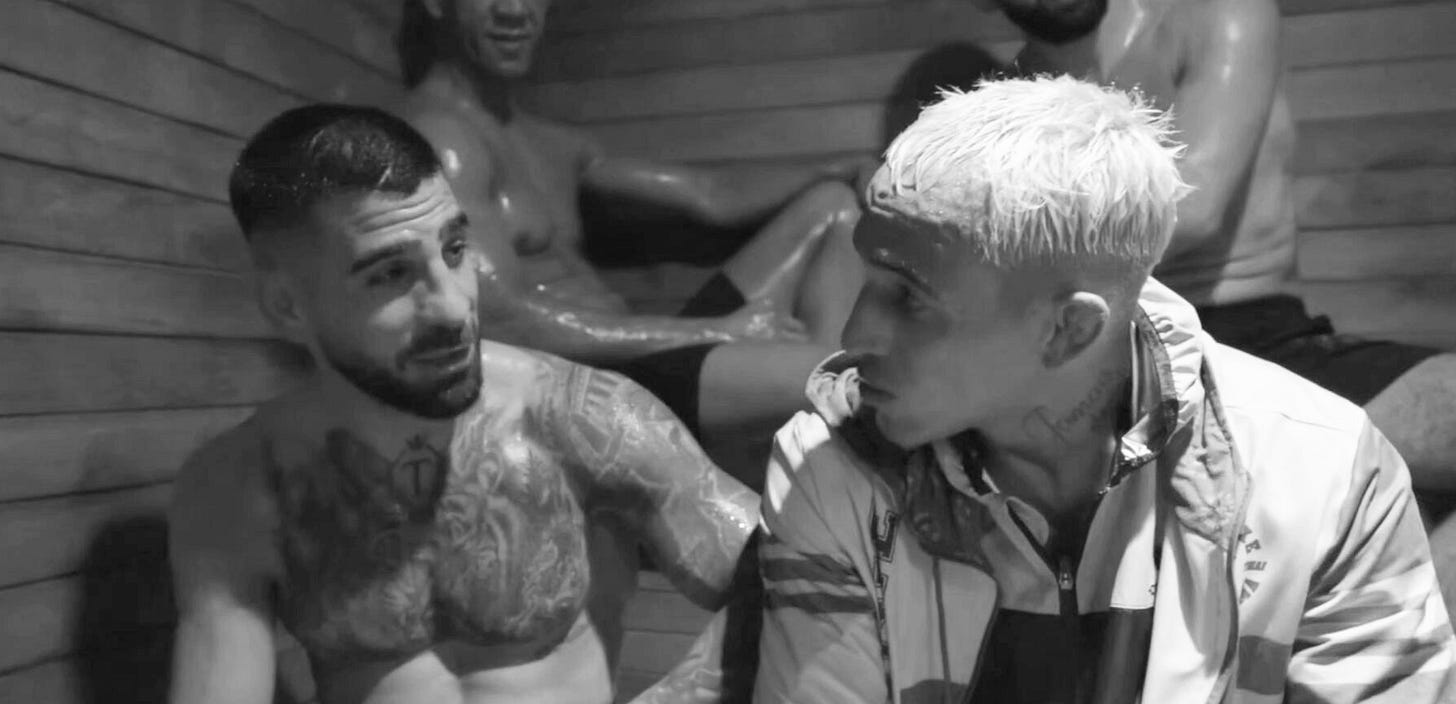


Nice. Thanks for the article
Damn, that’s a deep dive. Thank you